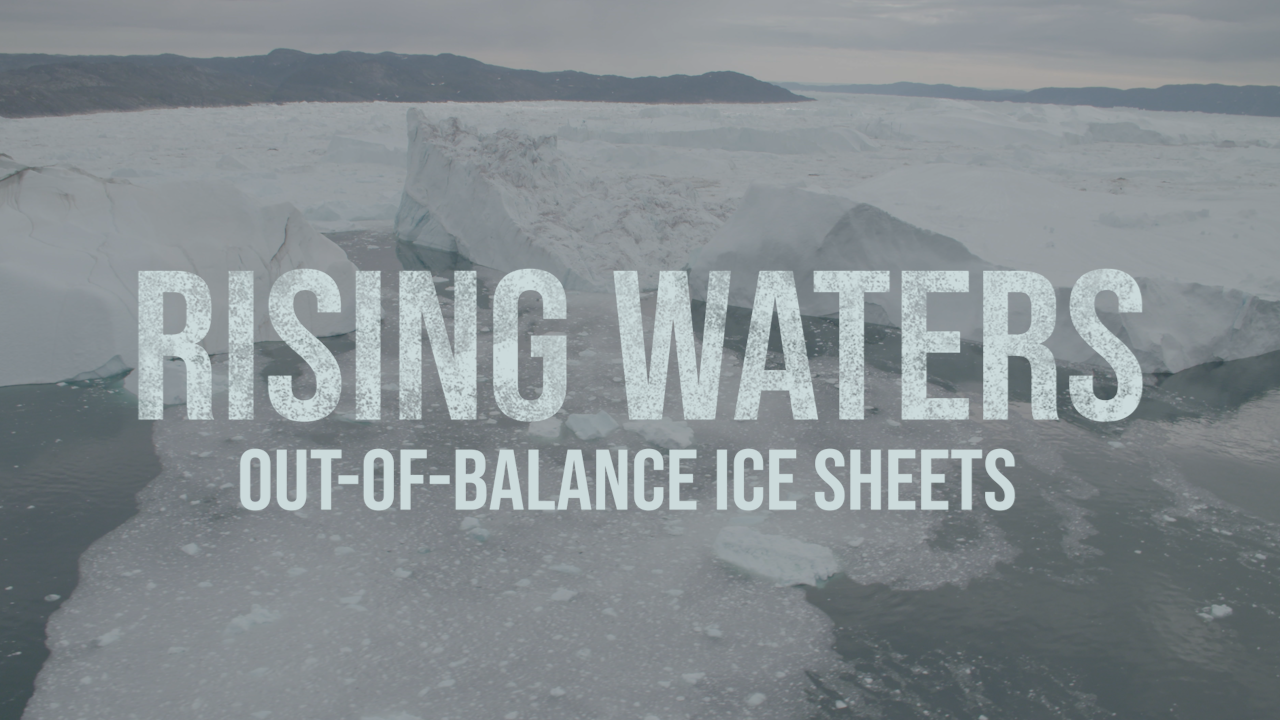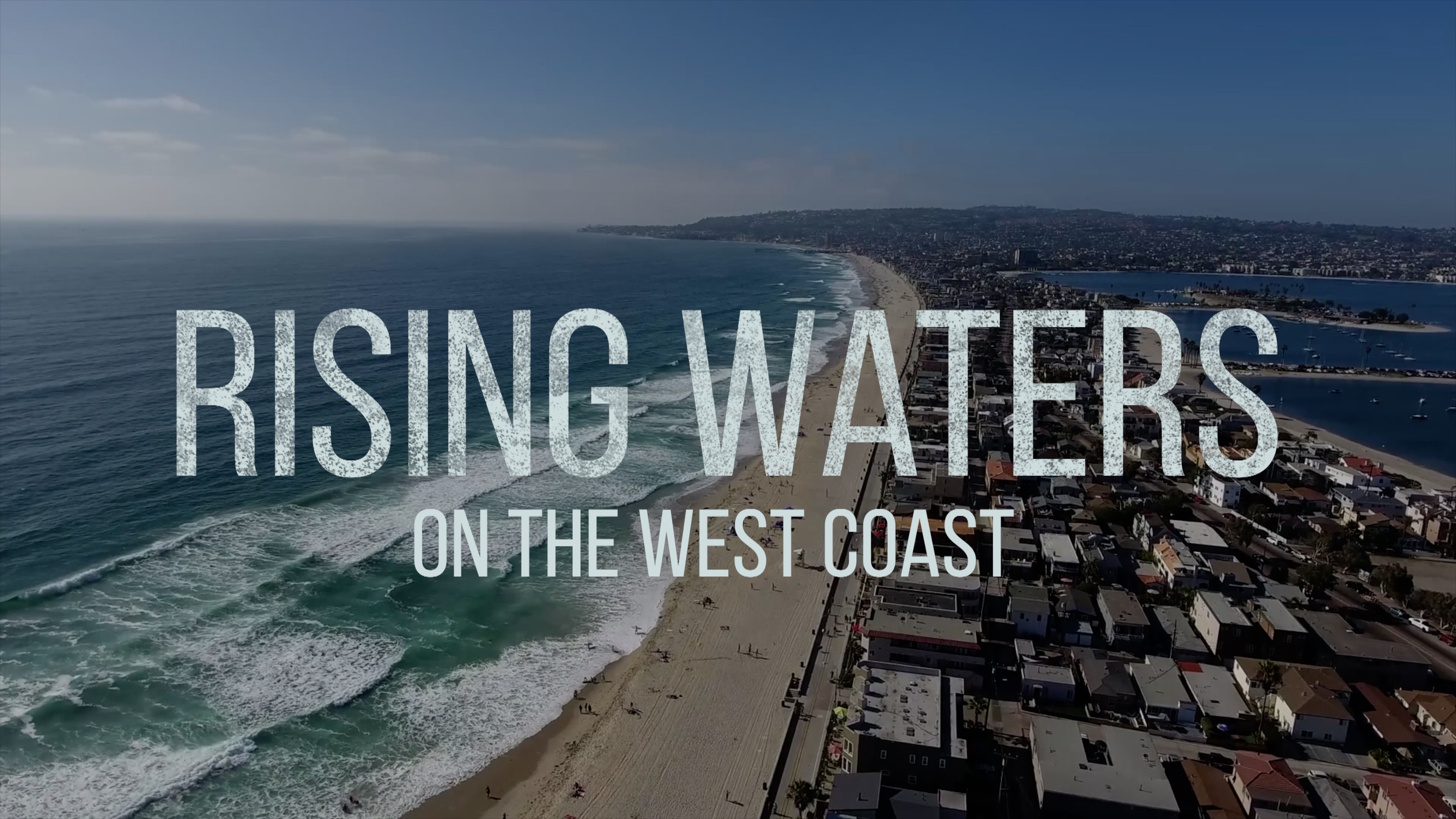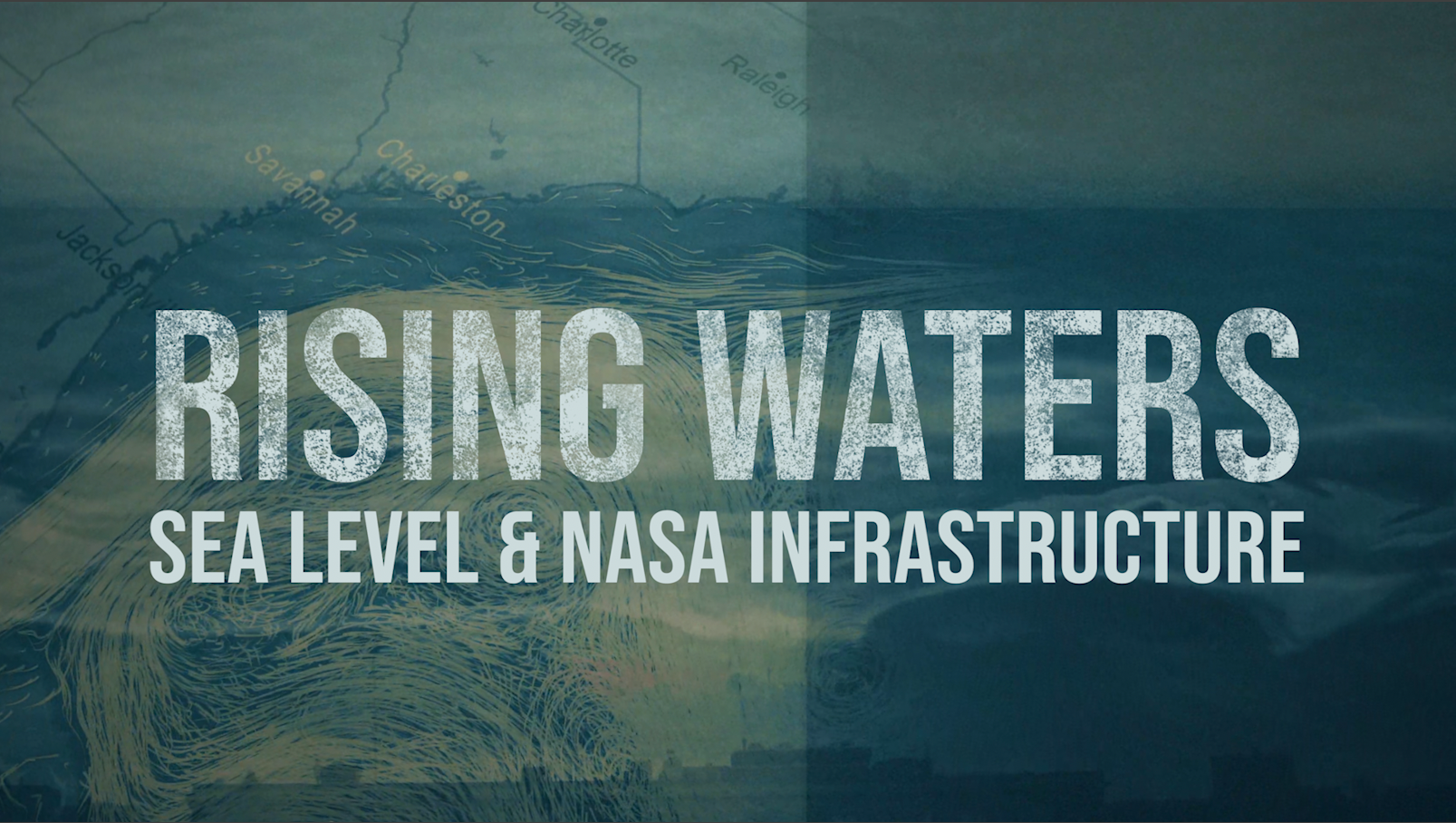Rising Waters: Our Dynamic Earth
Universal Production Music: "Patisserie Pressure" by Benjamin James Parsons [PRS]
Complete transcript available.
This video can be freely shared and downloaded. While the video in its entirety can be shared without permission, some individual imagery provided by pond5.com and Artbeats is obtained through permission and may not be excised or remixed in other products. Specific details on stock footage may be found here. For more information on NASA’s media guidelines, visit https://www.nasa.gov/multimedia/guidelines/index.html
Notes on Footage:
Provided by Artbeats: 00:00-00:03; 00:08-00:15; 01:02-01:09; 01:48-01:52; 01:58-02:02
Stock: 1:29 – 1:33 provided by Razvan25/Pond5
It’s not only water processes that play a role in global sea level rise – ground movements can play a significant role as well. On a continental scale, Earth’s crust is still recovering from the last ice age. Around 20,000 years ago, Canada, the northeast United States, Scandinavia and other regions were weighed down by ice sheets. As these ice sheets melted and the weight on the continents eased, the land surface slowly rebounded. This gradual lift, the recovery from the last ice age as well as ice that is melting today, continues to alter the shape of ocean basins.
Rising sea levels can also be compounded by sinking land. Land can compact as people pump water, oil or natural gas out of the ground. The Mississippi River Delta, for example, is essentially drowning as sinking ground is combined with higher sea levels. NASA is studying this case with a field campaign designed to study how sediments are accumulating on the delta.
Universal Production Music: "Patisserie Pressure" by Benjamin James Parsons [PRS]
Complete transcript available.
For More Information
Credits
Please give credit for this item to:
NASA's Goddard Space Flight Center
-
Producer
- Katie Jepson (USRA)
-
Animator
- Jacquelyn DeMink (USRA)
-
Writer
- Kate Ramsayer (Telophase)
-
Science support
- Lambert Caron (JPL)
- Kelly Brunt (Earth System Science Interdisciplinary Center/University of Maryland)
-
Technical support
- Aaron E. Lepsch (ADNET Systems, Inc.)
-
Aerial videographer
-
Narrator (spanish)
Release date
This page was originally published on Thursday, November 5, 2020.
This page was last updated on Wednesday, May 3, 2023 at 1:44 PM EDT.
![Music: Rain over the Sea by Bruno Vouillon [SACEM]Complete transcript available.](/vis/a010000/a013700/a013747/Thumbnail0.jpg)



